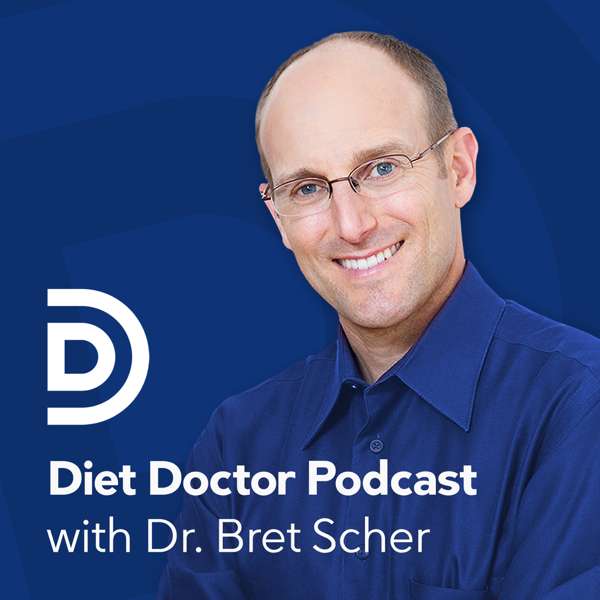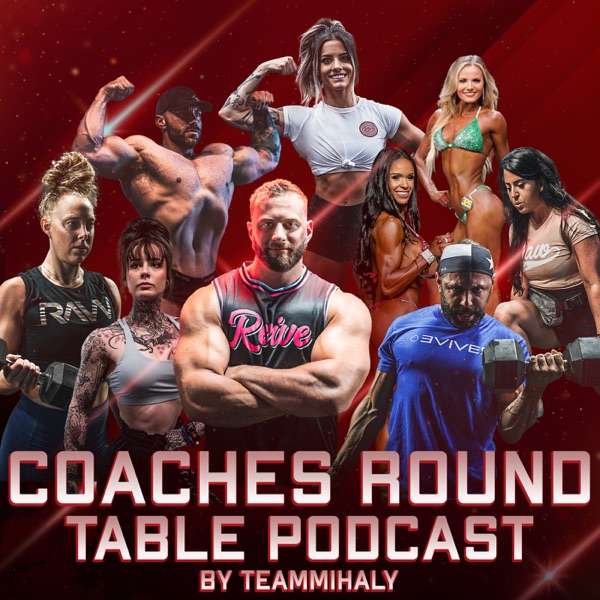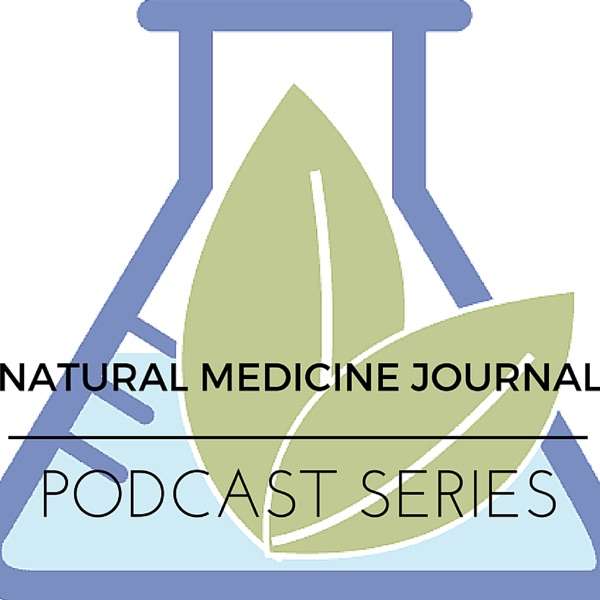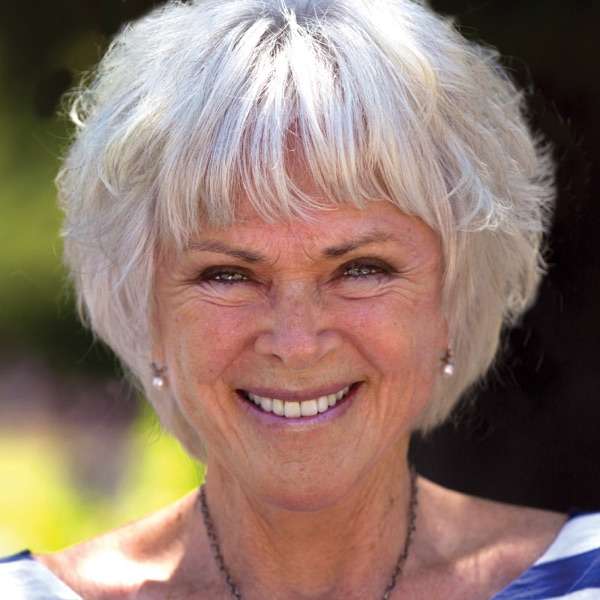ACL injuries result in significant time away from sport and distress for patients. The variety of management options, from surgical intervention to non-surgical management and rehabilitation protocols, often makes us uncertain when educating and helping patients choose the most appropriate care for their needs and goals.
Recently, a new non-operative ACL injury management pathway called the “Cross bracing protocol” has been pioneered and developed by Dr Tom Cross and Tom’s father (the late Orthopaedic surgeon) Dr Merv Cross. This protocol offers a promising alternative for patients with ACL injuries who are suitable for non-surgical intervention, where the ACL injury may heal or repair itself.
Not all patients with an ACL injury are suitable for the Cross bracing protocol or non-surgical management, so how can you identify whether your patient is suitable, and which treatment options are best for each patient?
In this insightful podcast episode, we discuss the complex challenge of ACL injury management and Cross bracing with Clare Walsh (Specialist Sports & Exercise Physiotherapist, FACP).
Clare treats a lot of patients with ACL injuries with prehabilitation, post-op rehabilitation, or non-surgical management including Cross bracing. Clare works alongside Dr Tom Cross and other Sports Medicine Doctors, Orthopaedic surgeons (including the late Dr Merv Cross) and leading Sports Physiotherapists at Stadium Sports Physiotherapy and The Stadium Clinic.
Clare teaches on the Cross bracing course conducted in Australia for Physiotherapists and health professionals, and is a Senior Educator & Presenter here at Clinical Edge.
In this podcast we explore:
- Cross bracing
- What it is and how it developed.
- What research has been performed to date, and what it shows about the chances of ACL healing with the Cross bracing protocol.
- Assessment tests & specific imaging that are used to assess patient suitability.
- Why patients might opt for Cross bracing rather than surgery.
- Who isn’t suitable for Cross bracing.
- Potential negative outcomes of Cross bracing.
- Which patients are more likely to be suitable and successful with Cross bracing - eg. injury type, age, level of sport, goals, psychosocial factors.
- Medical factors that impact suitability.
- Psychosocial factors that impact whether a patient can undergo the protocol.
- Which leg (right or left) is better suited to bracing and why.
- Which type of braces are commonly used.
- How soon the protocol needs to commence after injury to be successful.
- Which concomitant injuries can still heal in a brace and which need surgery e.g. meniscus injuries, bucket handle tears of the meniscus, MCL tears.
- How long patients remain in a brace.
- Exercises and activities that can and should be performed throughout Cross bracing.
- How patients can move or walk around throughout the Cross bracing period.
- How Cross bracing has changed and evolved.
- Whether the ACL is at increased risk of re-rupture following the protocol.
- Essential medical management during the protocol.
- Whether therapists can put a patient in a brace, or manage the protocol independently.
- What to you do if you think a patient may be suitable for Cross bracing.
- How to refer patients for Cross bracing
- Followup imaging at the end of the protocol.
- Functional assessment tests used at the end of the protocol.
- Return to training (RTT) and return to play (RTP) following the protocol.
- Which patients require surgery instead of conservative management.
- Early surgery vs delayed surgery.
- Spontaneous ACL healing - what the research says.
- How to use patient-centred decision-making to guide patients into the most suitable recovery pathway - surgery, bracing or non-surgical management.
- Case studies and comparisons of patients that underwent either Cross bracing or ACL reconstruction.
This podcast is packed full of great information on this emerging ACL injury treatment. You’ll finish this podcast with a deeper understanding of ACL injury management and Cross bracing plus practical knowledge, solutions and insights you can apply into your practice.
Links

 Our TOPPODCAST Picks
Our TOPPODCAST Picks  Stay Connected
Stay Connected







